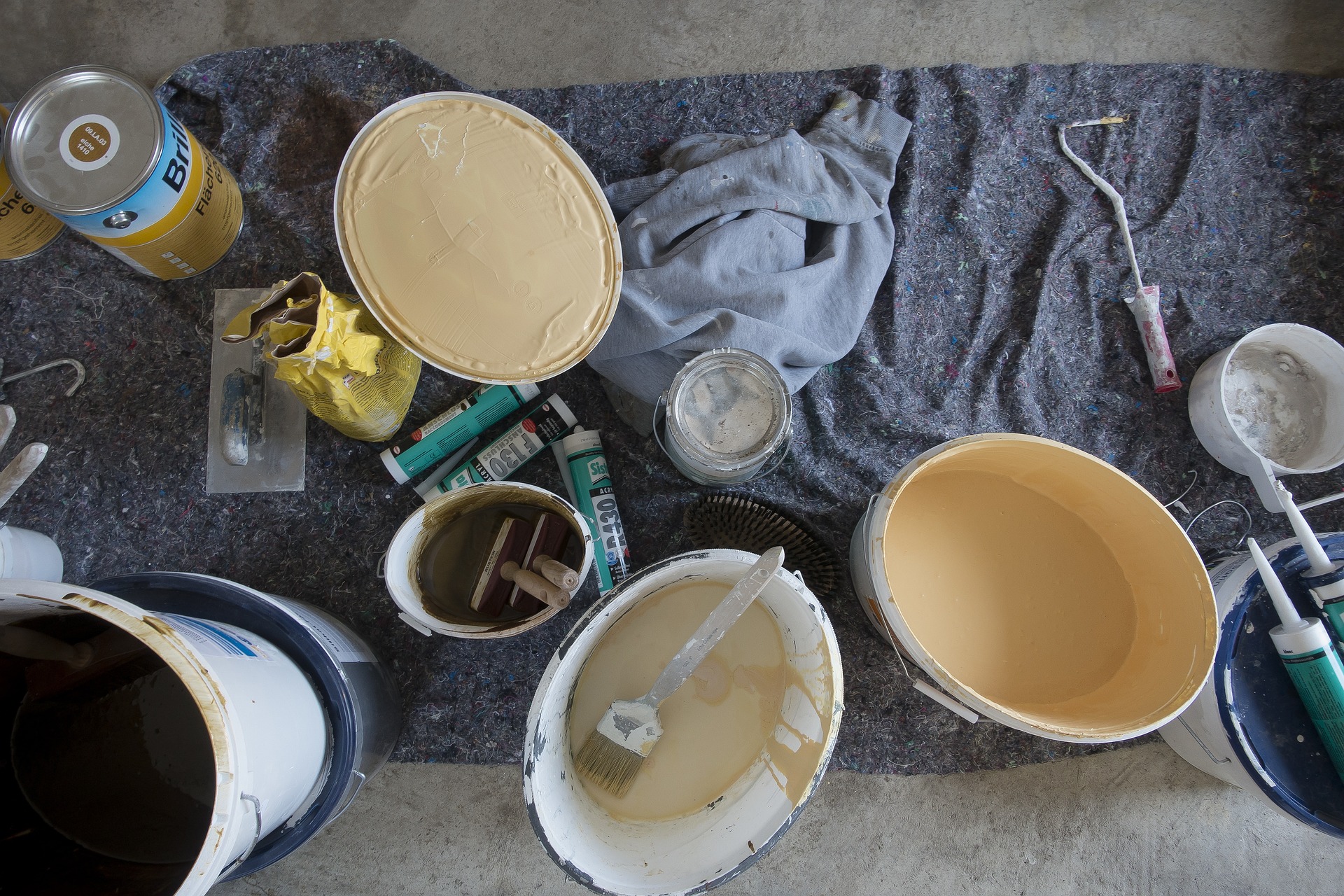A Seasonal Maintenance Checklist for Every Homeowner
Seasonal maintenance helps protect your home, extend the life of systems and finishes, and keep living spaces safe and efficient. This checklist breaks down practical tasks and the common supplies needed so homeowners can plan repairs, renovations, and upkeep throughout the year.

Regular seasonal maintenance reduces unexpected repairs and keeps a home functioning well across changing weather. This guide outlines clear tasks for each area of the house, the common tools and materials to have on hand, and tips for prioritizing safety and sustainability while planning renovations or routine upkeep. Use these steps to create a schedule that fits your local services and climate.
Tools to gather before a season
A well-equipped kit makes seasonal tasks faster and safer. Assemble basic tools: adjustable wrenches, screwdrivers, hammer, pry bar, tape measure, utility knife, pliers, a cordless drill, and a reliable ladder. Include specialty items like a stud finder and caulking gun for renovation work. Keep an inventory list and check batteries and blades before starting projects. Having spare fasteners, adhesives, and basic paint touch-up supplies on hand reduces trips to local services and avoids project delays.
Fasteners and lumber: what to inspect
Inspect decks, fences, and exterior trim for loose fasteners and rotting lumber at the start of each season. Tighten screws and replace corroded nails or brackets. For lumber checks, look for splits, mold, or warping and replace affected boards promptly. Keep a stock of galvanized screws and exterior-grade nails for outdoor repairs, and match lumber species and treatment to the original material when making replacements to ensure structural compatibility.
Paint and adhesives for protection and repair
Exterior and interior paint protects surfaces and refreshes worn areas. Check painted surfaces for flaking or blistering and prepare surfaces with sanding and primer before repainting. Select adhesives and sealants rated for the intended surface: silicone for baths, polyurethane for exterior trim, and construction adhesive for heavy assemblies. Store leftover paint properly and label containers with date and location to streamline future touch-ups during renovations or seasonal upkeep.
Plumbing checks to prevent winter issues
Seasonal plumbing checks can prevent costly freeze damage and leaks. Insulate exposed pipes, test outdoor spigots, and drain irrigation lines before hard freezes. Inspect visible supply lines, look for corrosion on fittings, and replace aging hoses for appliances like washers. Verify water heater performance and flush sediment from the tank annually. For major repairs, coordinate with local services and ensure replacement parts and relevant tools are ready for a quick fix.
Electrical and lighting maintenance tasks
Safety is the priority for electrical work. Test GFCI outlets, replace frayed extension cords, and check breaker labels to ensure accuracy. Replace burned-out bulbs and update fixtures to energy-efficient lighting options where feasible. For any electrical repairs beyond basic replacements—such as adding circuits or troubleshooting recurring trips—consult a licensed electrician. Properly rated fasteners, connectors, and adhesives for mounting fixtures help ensure secure installations that meet code requirements.
Storage and safety for long-term upkeep
Organize storage to protect seasonal supplies and improve safety. Store paints, solvents, adhesives, and fasteners in a cool, dry, well-labeled area away from heat sources. Use shelving and containers to keep lumber and longer tools off the floor. Keep a first-aid kit, fire extinguisher, and safety gear—gloves, eye protection, and masks—readily available during renovation or maintenance tasks. Incorporate sustainability by recycling leftover materials and choosing low-VOC paints and eco-friendly adhesives when possible.
Seasonal maintenance is a cycle of inspection, repair, and preparation. Following a checklist that covers tools, fasteners, lumber, paint, plumbing, electrical, lighting, adhesives, storage, and safety will help homeowners prioritize projects and plan renovations responsibly. Regular upkeep also offers opportunities to improve sustainability and coordinate with local services when professional help is needed.






